Easter is finally here! Whether one is religious or not, the appeal of a few days of well-deserved rest at home, or even better, spent in the lab conducting experiments, is undeniable. 
I had been wanting to try building a radiation detector based on common PIN photodiodes like the BPW34 or any others randomly found in the drawer for some time.
The idea of creating an ultra-portable beta and gamma detector, possibly as small as a fountain pen, excites me:
I could use a photodiode as a detector and a common 12V A21 battery for power… but what kind of circuit could I use?
Additionally, having access to 30x10x10mm CsI(Tl) bars, I thought of cutting them into three 10x10x10mm cubes to attach to the photodiodes with the aim of enhancing their sensitivity.
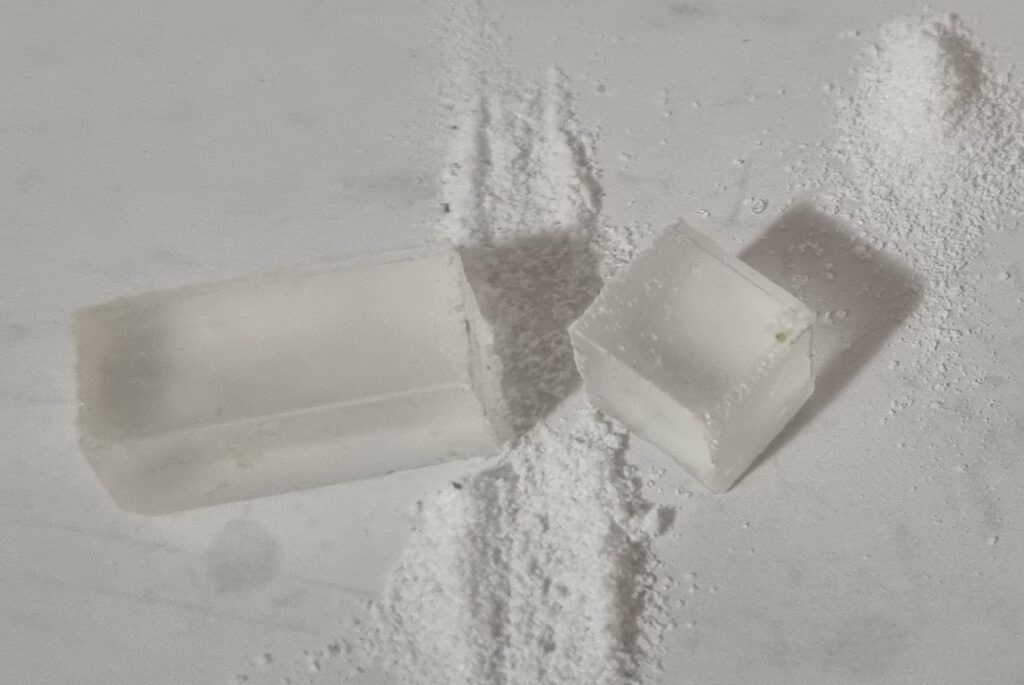
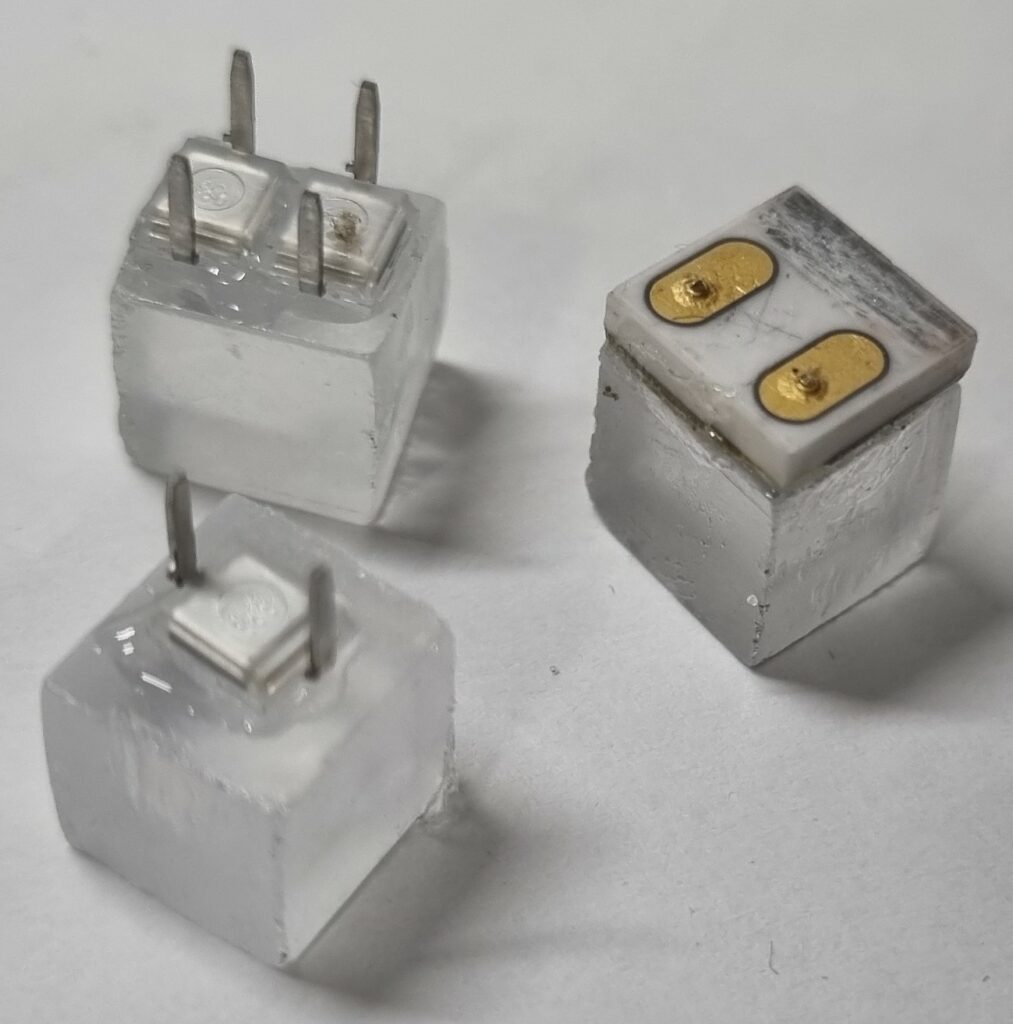
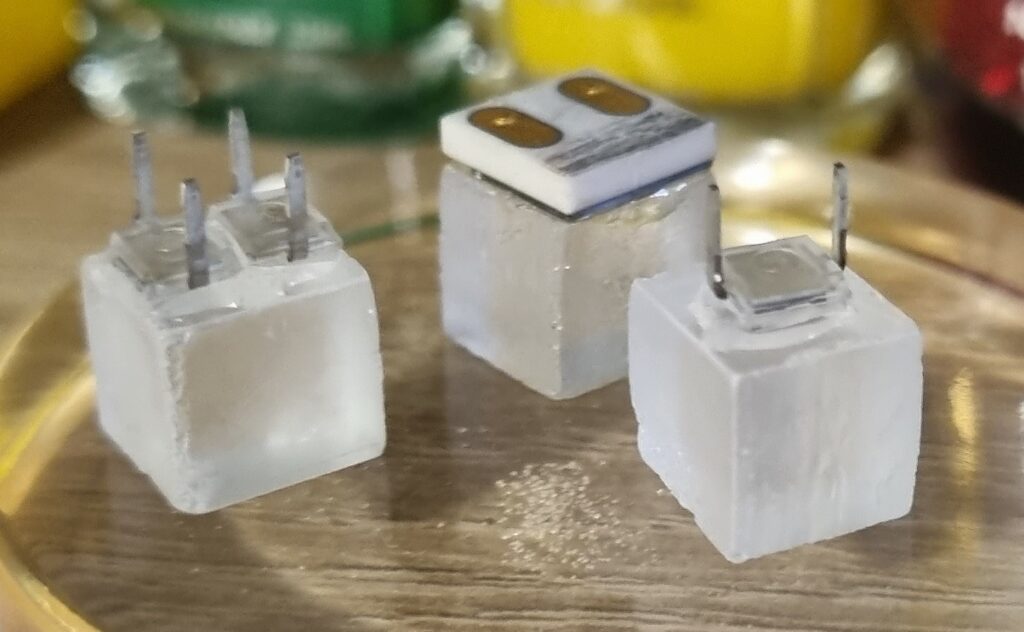
While searching online, I came across a series of two articles on the topic published by Elektor.
So, I immediately went ahead and built the last circuit they proposed, which is more performant and based on a FET.
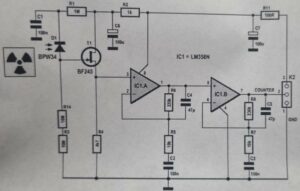
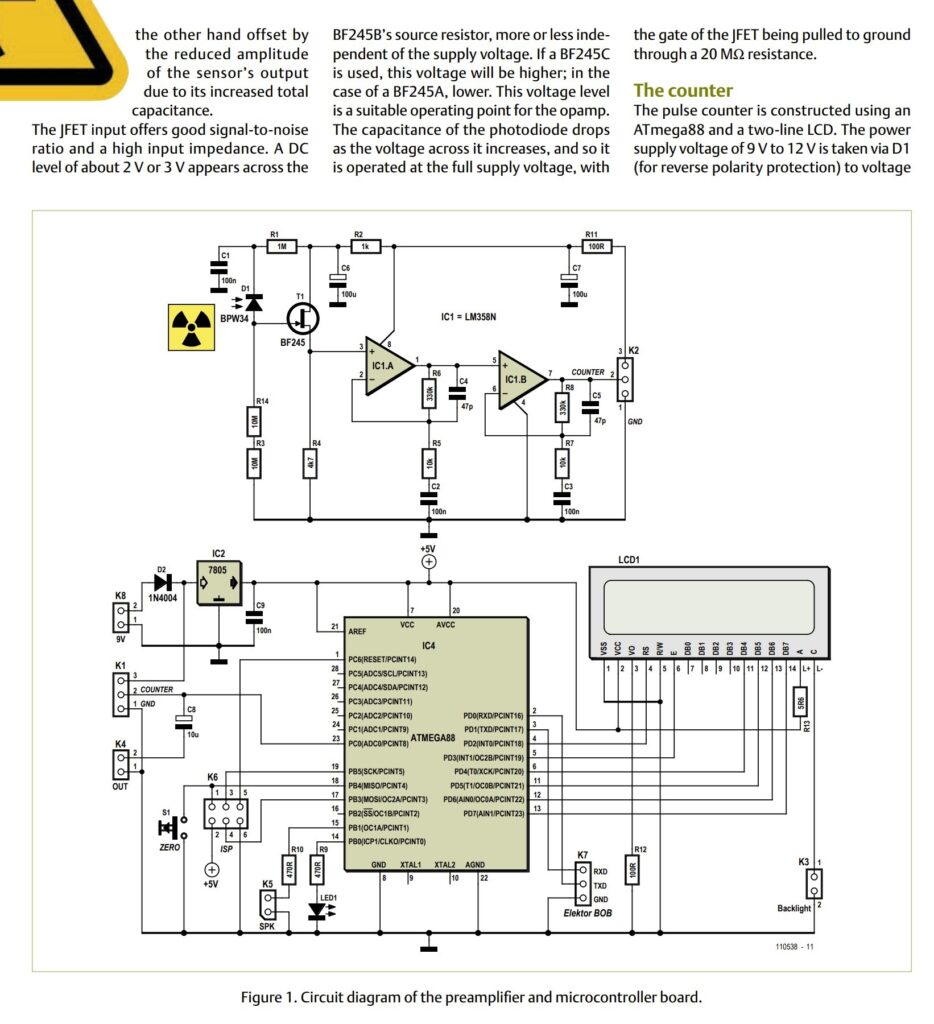

For the assembly, I used a perforated board and SMD components soldered on the pad side. Unfortunately, the circuit turned out to be extremely unstable and noisy. This won’t do at all!
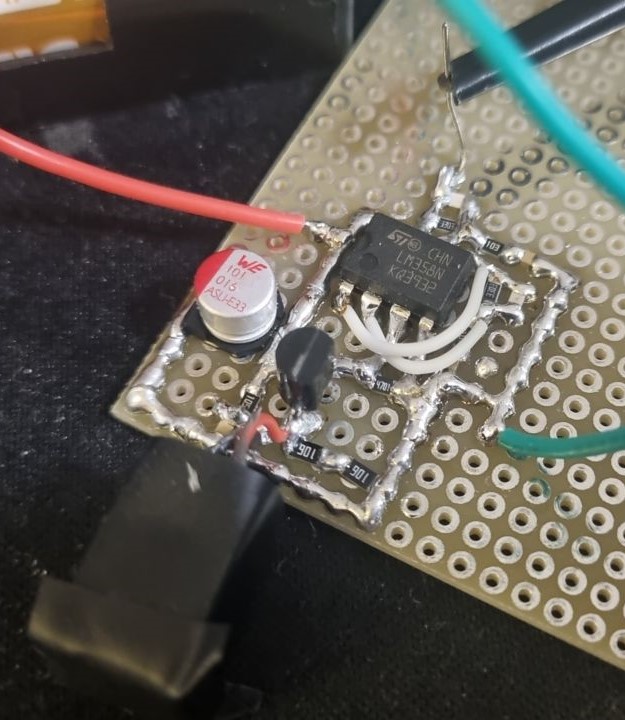
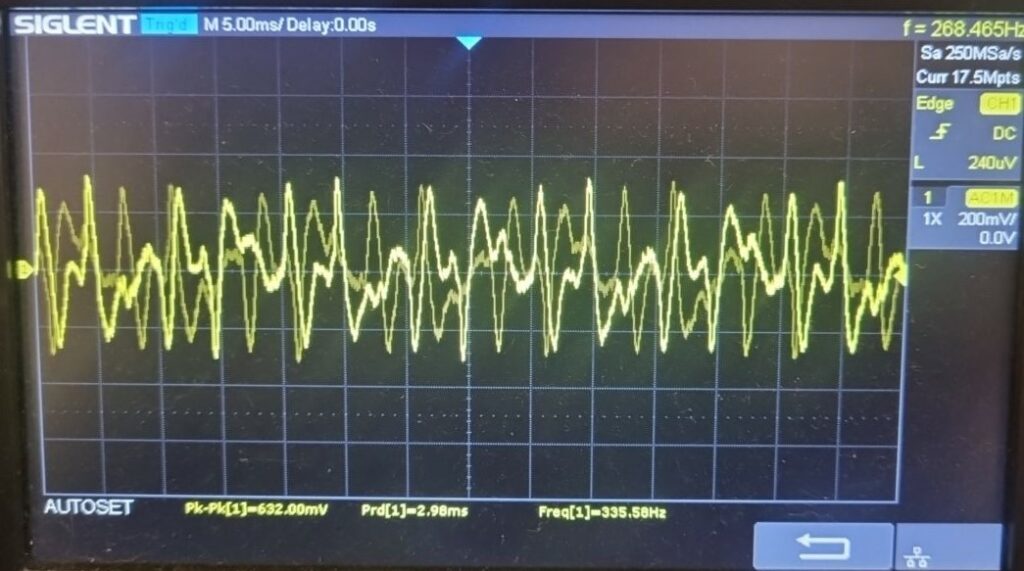
Let’s add an electrostatic shield and check if things will be better.
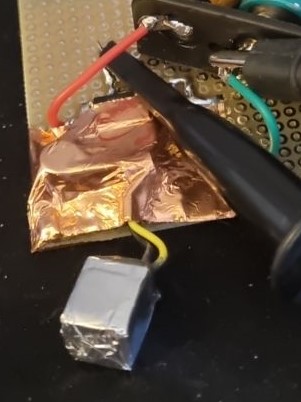
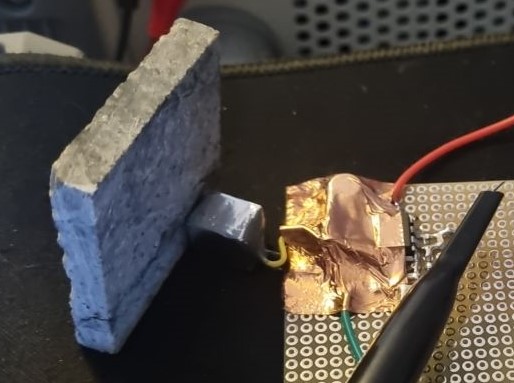
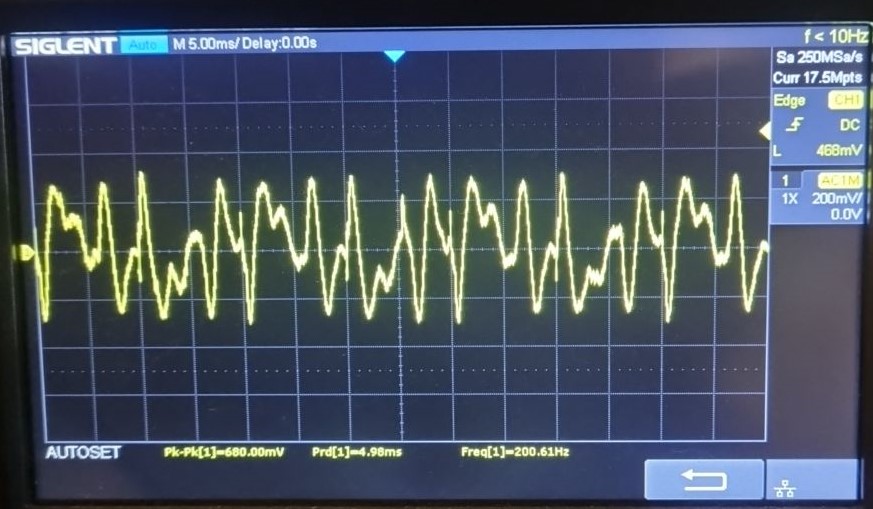
 Nothing! Still nothing, not even a piece of uranium ore in contact with the crystal nor an Sr90 62kBq check source results in any visible pulse on the oscilloscope trace!
Nothing! Still nothing, not even a piece of uranium ore in contact with the crystal nor an Sr90 62kBq check source results in any visible pulse on the oscilloscope trace!
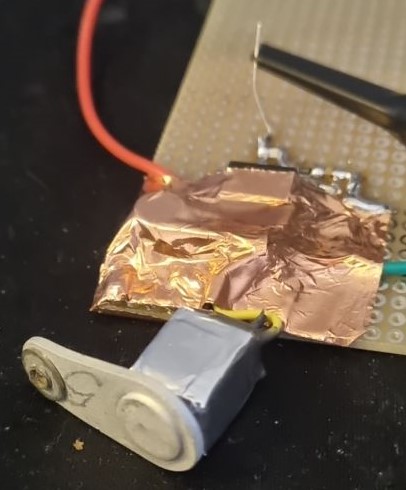
This means that it’s time to change direction! So, I decided to try the first circuit proposed by Elektor, which is based on two simple transistors.
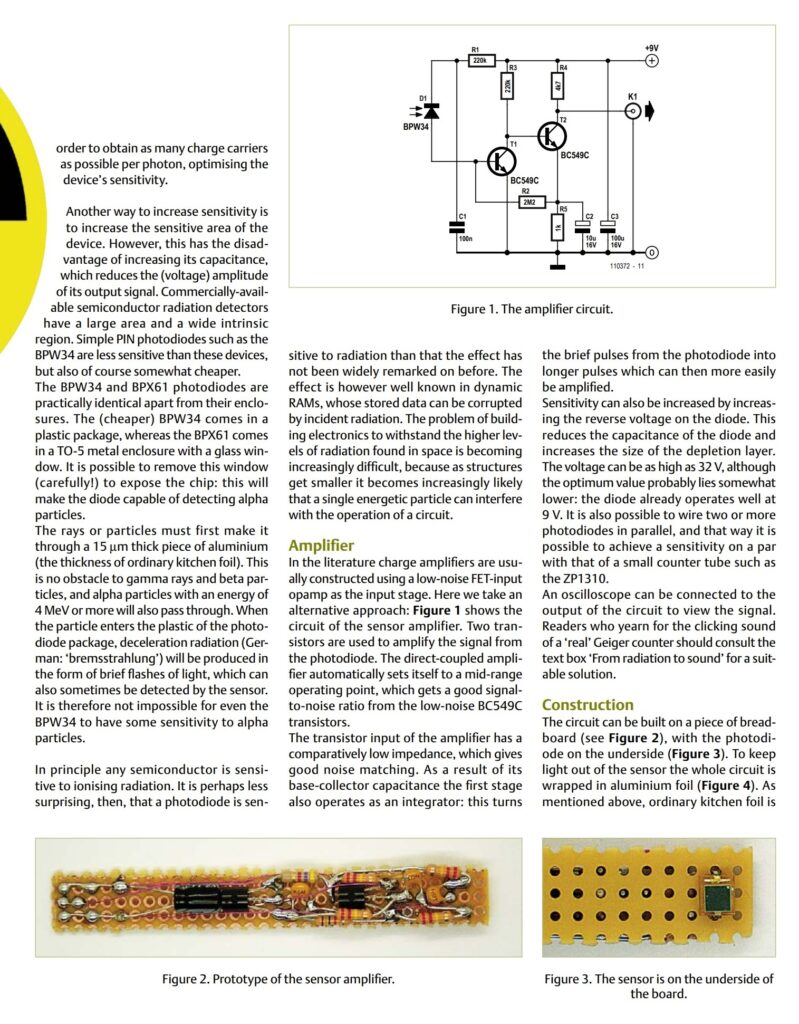
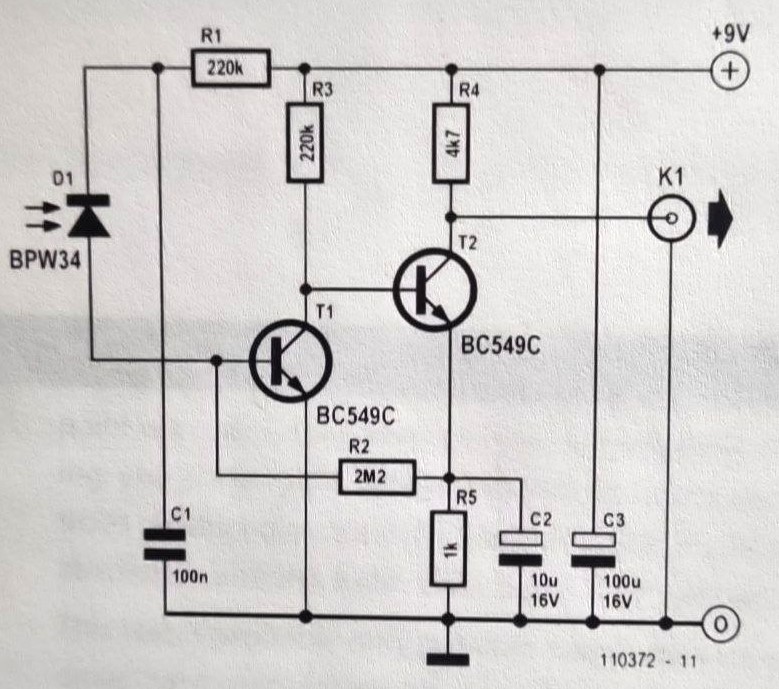
At first glance, this design seems to be more immune to electrical noise, as there are no FETs at the input nor 20MΩ bias resistors, but will it really be able to detect anything? This prototype was also assembled on a piece of perforated board and, as a first test, I did not add any external shielding against radio interference.
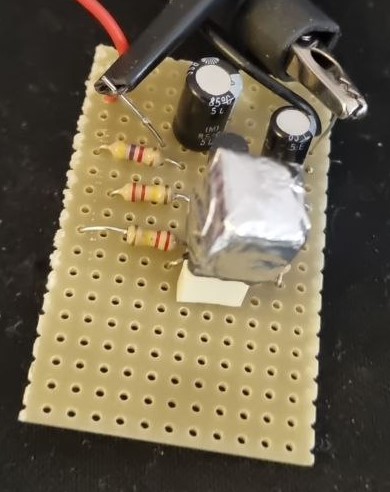
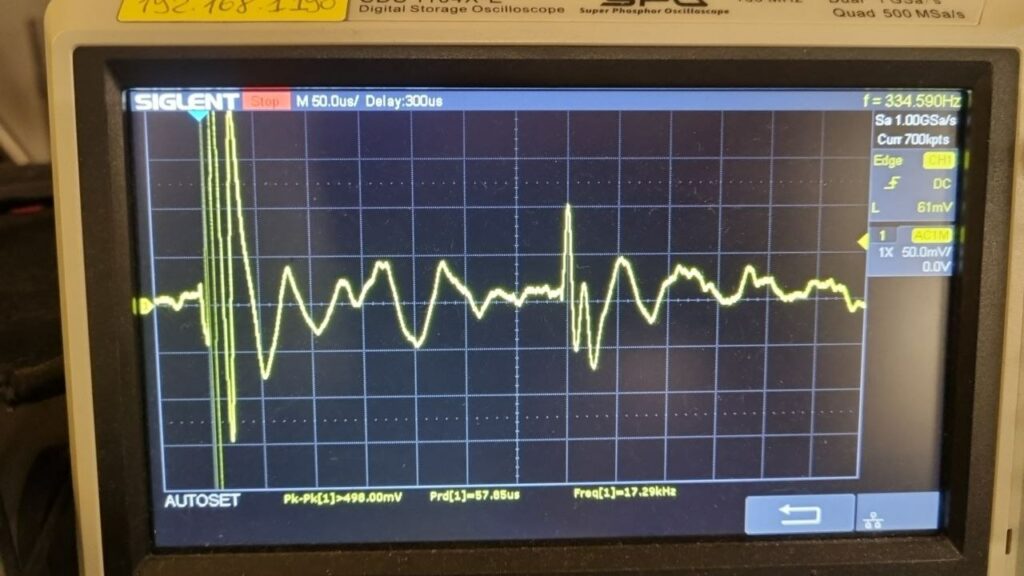
Noise and more electrical noise! This circuit too seems destined to disappoint. Let’s try adding the shielding, though!
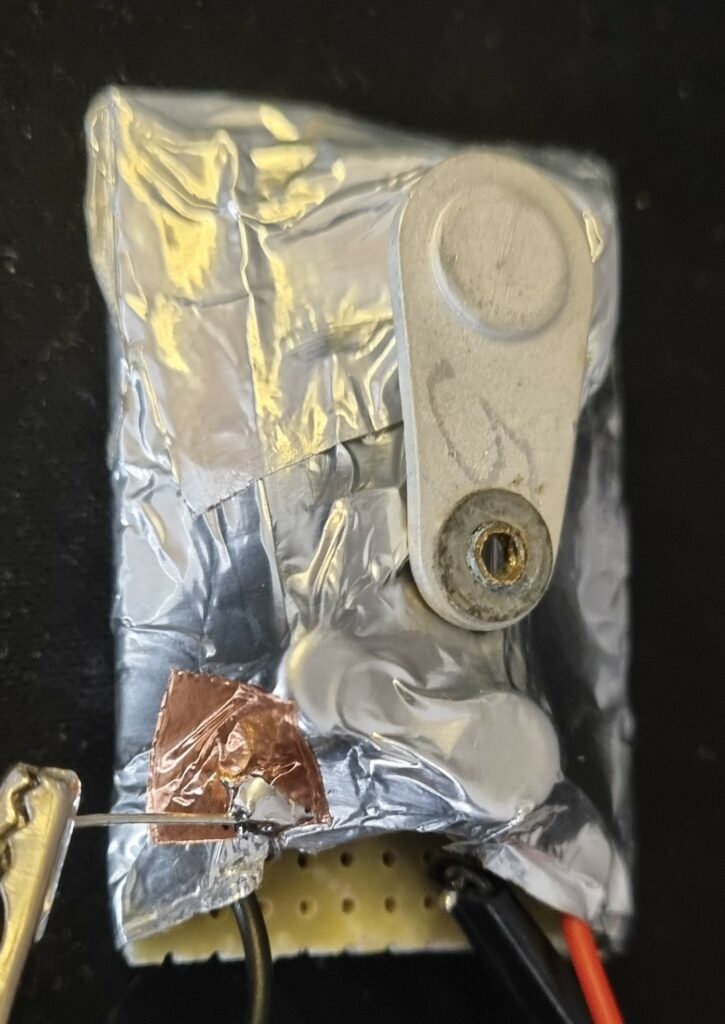
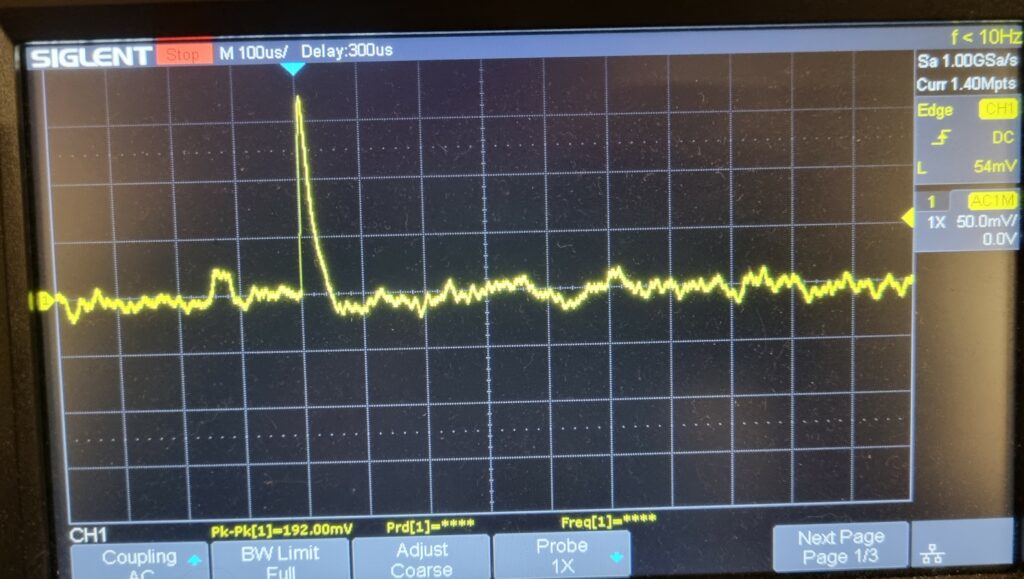
“It’s alive! It’s alive!”
Ok, this circuit works, and the aluminum shielding proved to be essential for its proper functioning. I replaced the CsI(Tl) 10x10x10mm + 1x BPW64 detection block with one that is also CsI(Tl) 10x10x10mm but equipped with 2x BPW64. The pulses obtained were between 34mV and 100mV, with a baseline noise of 30mV. This circuit is absolutely promising! Now, I will proceed to test the same circuit with other SiPIN diodes including a 10x10mm Hamamatsu (unknown model) and some generic Chinese photodiodes (AliExpress) and will continue this post.